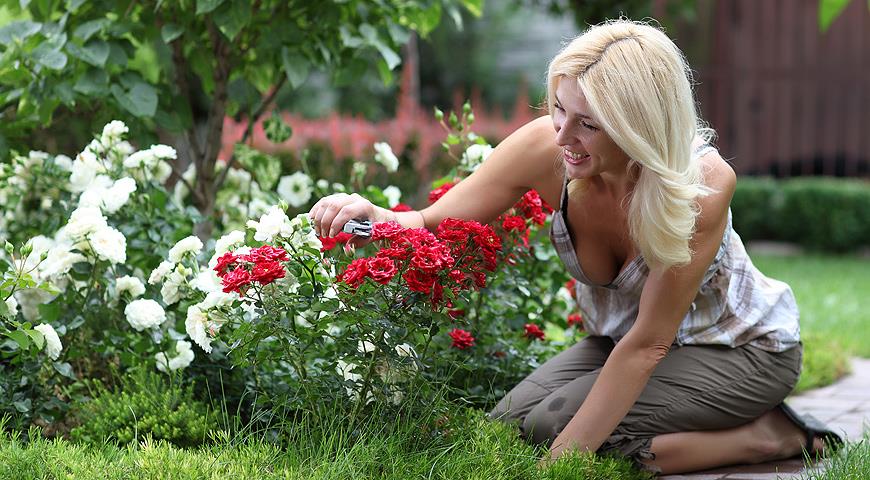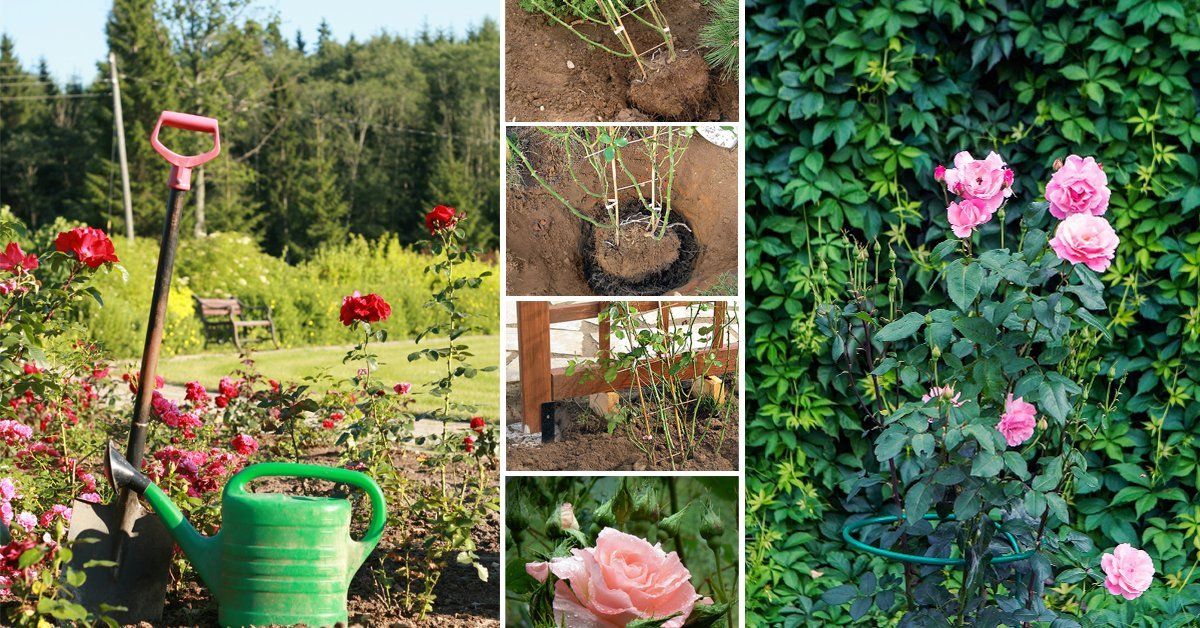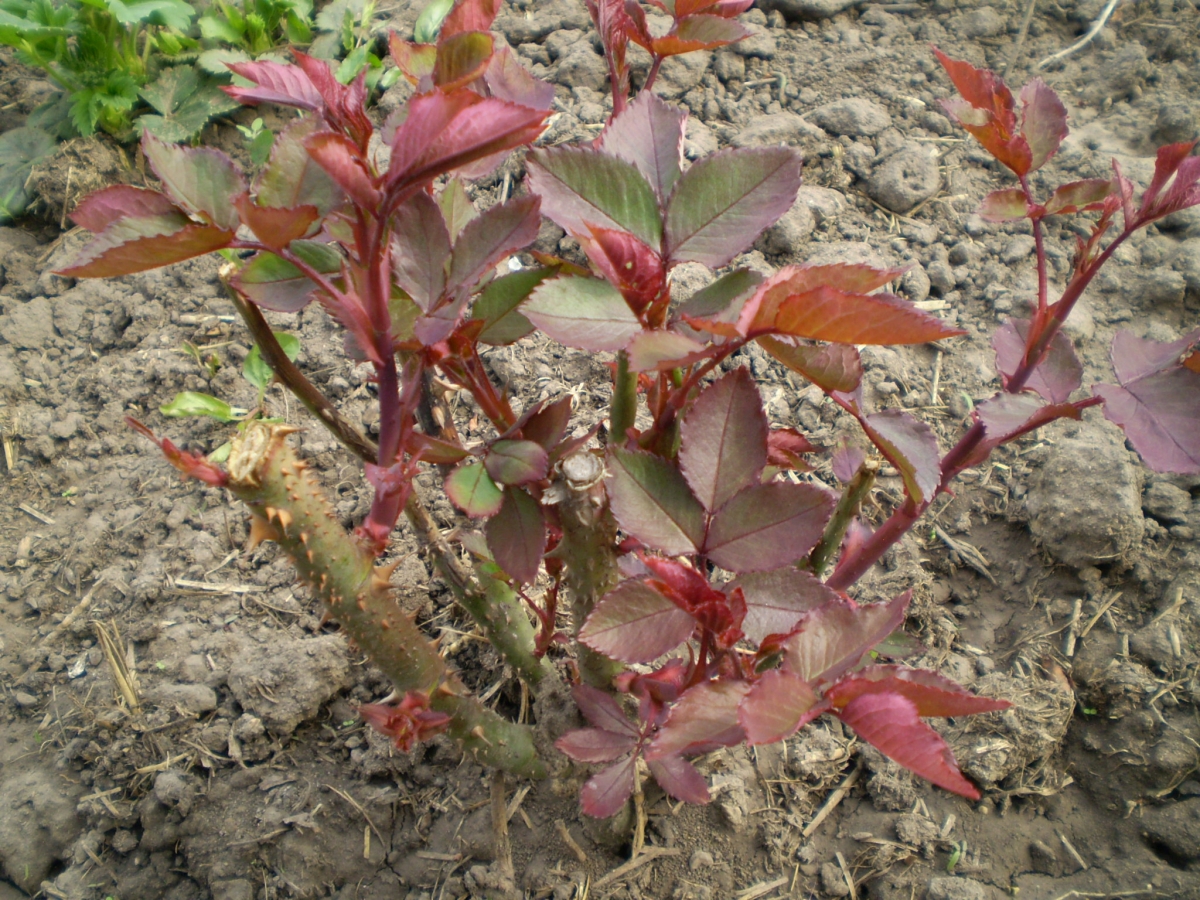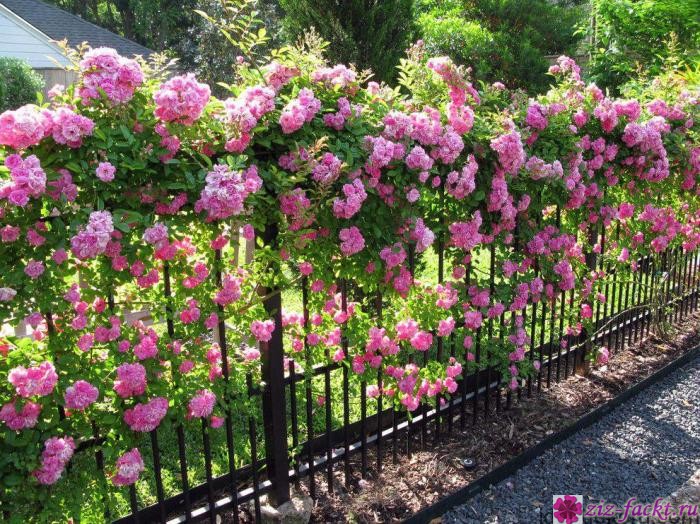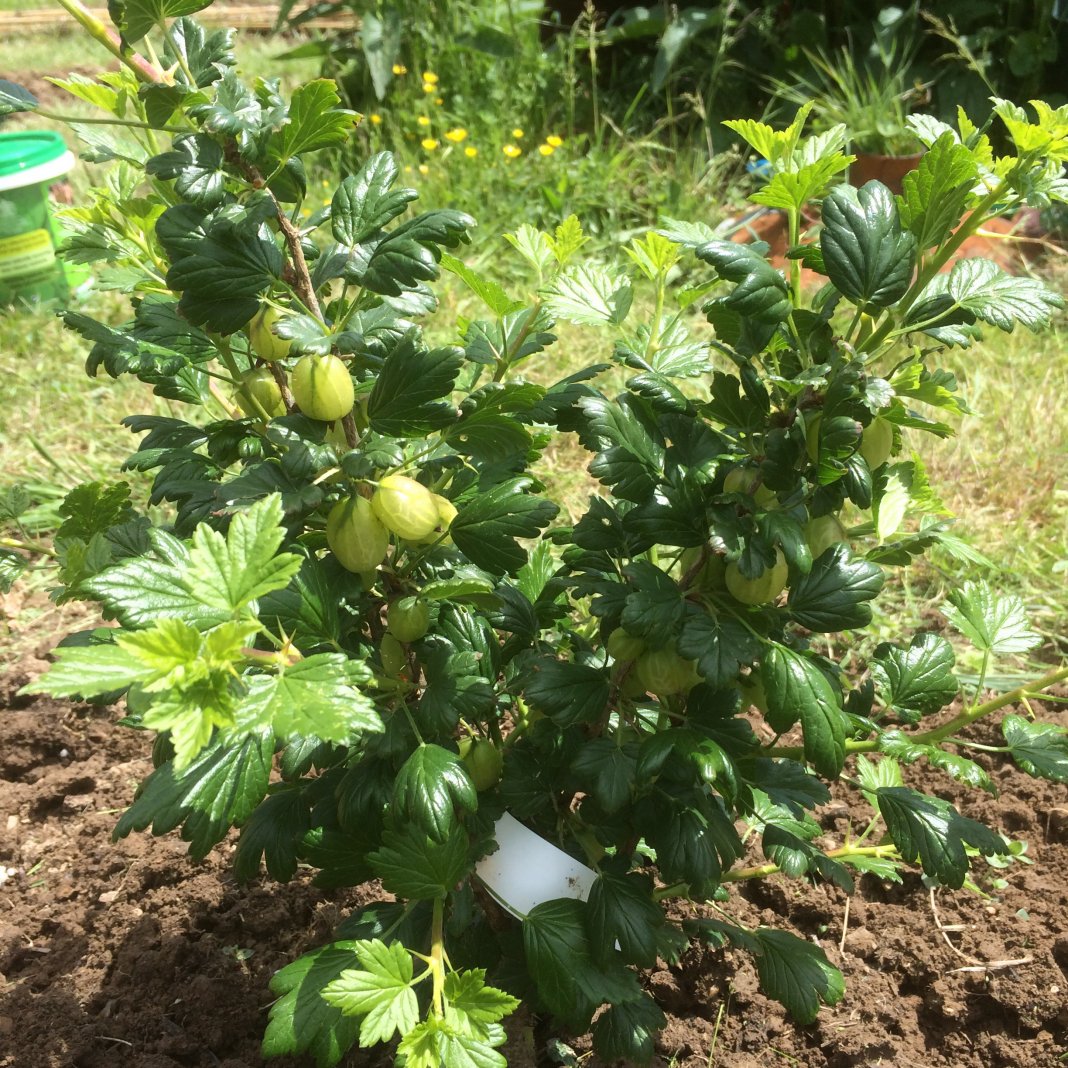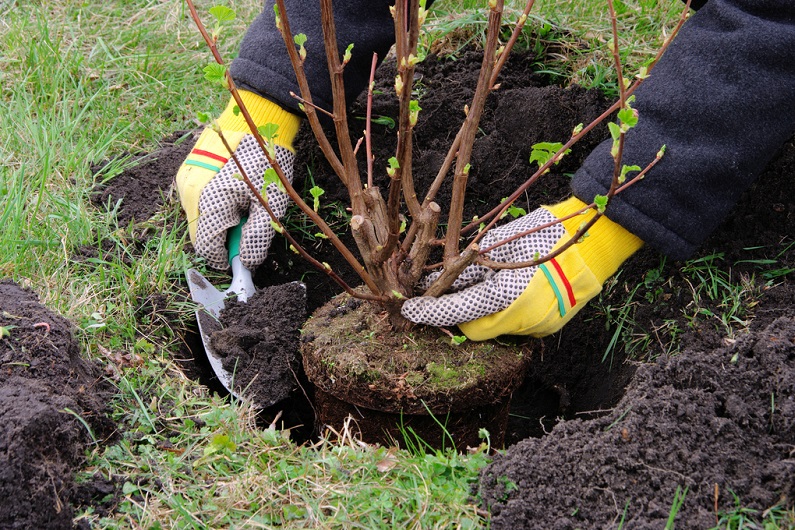Content:
Roses are royal flowers that, with their wayward and capricious nature, seem to demonstrate their importance. Not every agronomist is able to provide a lush and beautiful flowering on a personal plot. Can roses be transplanted in summer? In general, transplanting roses in the summer is not the best idea, but if you get in the way, you can safely transplant roses in July, June and August.
General rules for caring for roses in the open field
The vast majority of varieties and varieties of roses do not have specific requirements for planting and care. Of great importance in the cultivation of a flowering culture is a well-chosen site, adherence to the rules of planting and care.
Seat requirements:
- The site should be located on a hill, but if the rose grows in the lowland, it will quickly disappear. The fact is that streams of cold air stagnate there, and excess moisture accumulates, which contributes to decay of roots and the development of diseases.
- Roses are light-loving plants (the optimal daylight hours are 16 hours). They can grow in partial shade, but it will definitely not be possible to contemplate the abundant flowering, the bush will delight only with its modest presence.
- Roses are afraid of drafts and gusts of wind. The site should be well ventilated but protected from drafts.
- The plant develops only on fertile lands, the most suitable type of soil is black soil and loam.
As for maintenance, it includes regular and moderate watering, applying mineral and organic fertilizers to the soil, loosening and removing weeds, as well as mulching, sanitary pruning and disease prevention. With an interval of several years, it is recommended to transplant the bushes.
Transplanting a rose to another place in the summer: the need for a procedure
When can you transplant a rose to another location in the summer? In general, transplanting a bush in the summer is not a very suitable idea. But there are good reasons why the transplant should be done without fail:
- Unsuitable composition and acidity of the soil. The rose does not grow well on loose sandy loam soils, as well as heavy loamy soils. If these rules are neglected, the root system of the flower will be squeezed out to the soil surface, which can lead to the death of the plant.
- Depletion of the land in which the bush grows. It is recommended to replant the rose garden at intervals of several years, otherwise it will not be possible to see the lush flowering.
- The bush is overgrown. In this case, it is not a mandatory requirement to completely transplant an adult bush. It is enough to trim it and transplant part of the bush to a new place. A well-developed root system will provide quick adaptation to a new location.
Is it possible to transplant blooming roses
Is it possible to transplant roses in July, and even blooming ones? To transplant a rose during flowering, you will have to sacrifice all the beauty. A prerequisite for transplanting is to first remove all flowers and buds, this is necessary for the accumulation of strength by the plant and its better rooting in a new place.
During transplantation, it is necessary to handle the root system very carefully. Root trauma should be kept to a minimum. Track
try to keep the roots long. The rest of the transplant technology has no specific requirements.
How to transplant a climbing and climbing rose
To transplant these plants, it will be necessary to take into account their individual characteristics. First of all, it is necessary to remove all shoots from the support. When transplanting, all shoots of the current year are left, and two-year-olds and older must be completely removed.
It is advisable to shorten all excessively long shoots by half or one third, otherwise difficulties may arise with transporting the bush to a new place.
How to transplant roses in summer: a step-by-step algorithm
Before starting to transplant, you should find a suitable place for the plant. It should be borne in mind that this flowering culture is warm and light-loving, most varieties can grow in partial shade, but flowering will be scarce. It is strongly not recommended to plant it between shrubs, shrubs and trees, as the culture will experience a lack of sunlight. The most suitable solution is a large open space on the south side, it is desirable that the morning sun falls on the bush. Bushes quickly take root in fertile loamy soils, excess moisture contributes to the development of adverse consequences, therefore, there must be a drainage layer at the bottom of the planting pit.
Before transplanting the rose garden, approximately three weeks in advance, it is necessary to start preparing the seat. As a rule, the hole in diameter varies between 50-60 cm. The bottom of the depression should be thoroughly loosened, and then a layer of compost should be added, and after the soil, otherwise the root system may suffer from direct interaction with organic fertilizer.
Just before planting, cut off the shoots approximately 20 cm, and remove any damaged and weak ones. The transplant itself is carried out in several stages:
- It is recommended to fill the bottom of the pit well with water; during planting, the soil should be loose and moderately moist.
- The bush is placed in a planting hole in such a way that the neck, after burying, rises above the ground by about 2-3 cm.
- The bush is lowered into a hole, the root system is evenly distributed, the plant should have enough space. Further, they are covered with ordinary soil, as they are buried, they are carefully tamped so that cavities do not form between the roots.
- The transplanted bush is poured abundantly with water, after which a near-stem circle 15 cm in diameter is fertilized with a complex of mineral fertilizers. With the onset of autumn, it is strongly not recommended to introduce nitrogen-containing preparations.
Transplanting climbing roses
A climbing rose is somewhat more difficult to transplant, and all because of the long shoots. When transplanting, it is strongly discouraged to place a bush near the walls of buildings, due to rain falling on the plant, and in winter, the likelihood that snow injures the culture increases significantly. It is also not recommended to assign them a place not far from the trees: the developed and powerful rhizome of the tree will absorb a lot of moisture and nutrients.
For transplanting, you will need to remove the plant from the support on which it is fixed. When transplanting, it is important not to injure the root system. After digging a bush, it is gently shaken. Before transplanting, the seedlings are recommended to be treated with a disinfectant and stimulating solution.
- For better survival in a new place, the seedlings are dipped in a solution for a day, this is necessary for better survival.
- Pruning shoots. The weak ones are recommended to be removed immediately completely, the strong and powerful ones should be trimmed, leaving about 15 cm. With the onset of warmth next year, this will quickly build up the green mass.
- To minimize the likelihood of developing diseases, you will need to powder the bottom of the pit with charcoal.
The hole should be free enough so that the root system does not feel constrained there. The depth, as a rule, is at least 65 cm. If you need to transplant several plants, the optimal interval between them is at least one meter. When planting, the roots should be straightened; in no case should they bend up.
Transplanting roses in the summer, and even flowering ones, is not a good idea, but if necessary and troublesome, the procedure can be carried out with minimal trauma to the plant. Before carrying out the procedure, be sure to read the transplant rules.
